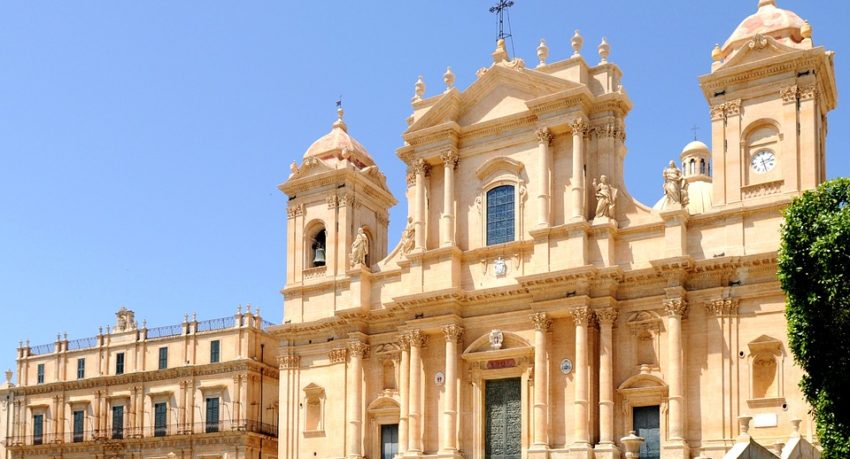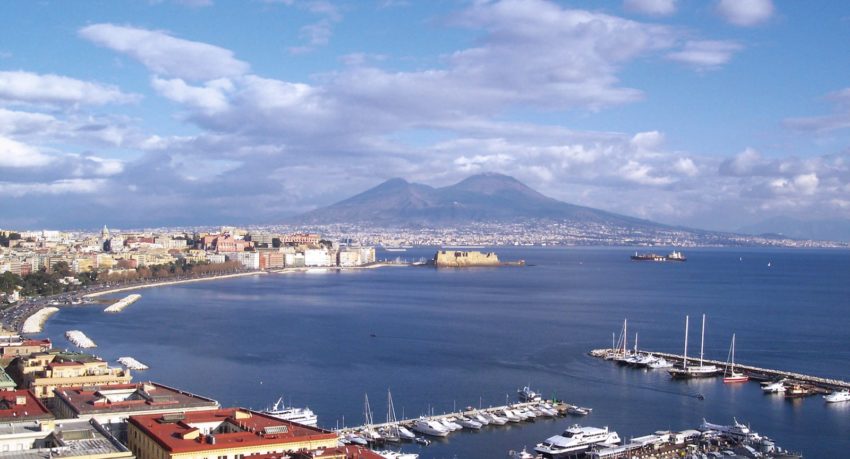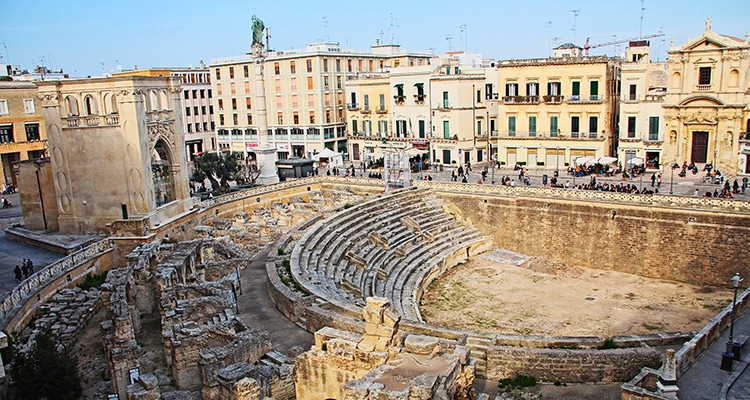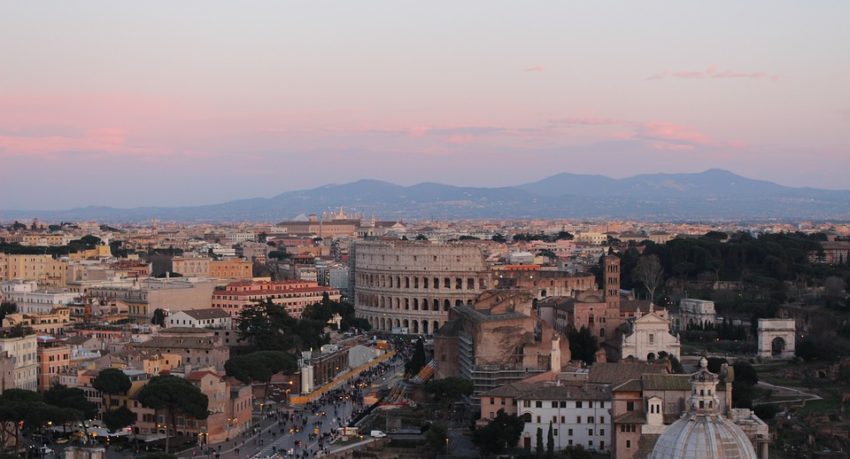Called by the Greeks olbìa, ‘happy’, is the gateway to the island and economic engine of Gallura. In several corners of the city emerge vestiges of the past.. The city overlooks a spectacular gulf, that protects the marine area of Tavolara and gives access to the exclusive Costa Smeralda. Covering a few kilometers from olbia, […]
Read More...Noto
Noto, town and episcopal see, southeastern Sicily, Italy. It lies on the southern slopes of the Hyblaei Hills southwest of Syracuse. Founded in 1703, the town is known for its 18th-century cathedral and the Palazzo Ducezio, notable among Baroque churches and palaces. The streets of Noto are interspersed with beautiful squares and imposing stairways connecting […]
Read More...Naples
Naples is the capital of the Campania region and the third largest city in Italy with almost 1 million inhabitants within the city and around 3.5 million within it’s wider urban area. Listed by UNESCO as a World Heritage Site, the city is one of the oldest inhabited cities of the world with early settlements […]
Read More...Mount Etna
Mount Etna, in Sicily, is the highest active volcano in Europe. Mount Etna has repeatedly erupted over the centuries, most violently in 1669, when the lava flow destroyed villages on the lower slope and submerged part of the town of Catania. Activity was almost continuous in the decade following 1971, and in 1983 an eruption […]
Read More...Montepulciano
Due to its strategic position overlooking the Val d’Orcia on one side, and the Val di Chiana on the other, the town was constantly being fought over by the Florentines and the Sienese. Over the centuries, however, Montepulciano changed hands several times; this flip-flopping of ownership is the reason for the town’s artistic riches, as […]
Read More...Montalcino
Montalcino is a precious gem in Tuscany’s Val d’Orcia. It consists of a fairytale hilltop town lying in a very good position, set within a full circle of fortified walls, with a splendid climate and breathtaking views all over the valleys. It is famous for Brunello di Montalcino, a great red wine, in which Brunello […]
Read More...Modena
Modena, located in the north-central region of Emilia-Romagna, is also rich in architectural treasures such as the Ghirlandina Tower, the Cathedral and Piazza Grande, which was added to the World Heritage list by UNESCO in 1997. Other attractions in the province include Carpi and its renaissance architecture. Among the city’s contemporary landmarks are works by great […]
Read More...Lombardy
Lombardy region, with its capital city Milan, can be considered the heart of Northern Italy with its central position and the industrial and cultural importance. About 10 million people live in Lombardy, forming more than one-sixth of Italy’s population, and more than a fifth of Italy’s GDP is produced in the region, making it the […]
Read More...Lecce
Sun, sea and wind. Nature strikes in the first place, when one gets to this land stretch in balance between two seas. Lecce, in the Puglia region of southern Italy, is sometimes called the Florence of the South because of its wealth of artistic Baroque monuments. Lecce is for experiencing—for wandering the narrow streets of […]
Read More...Lazio
Situated in west-central Italy, Lazio region has much to show. Centuries of history, natural reserves and hidden gems, archaeological sites, lakes and beaches: the Lazio region hosts Rome, the city of all cities, but cherishes much more. The region is wide and full of treasures: within its territory you have mountains and the sea, rivers, […]
Read More...









